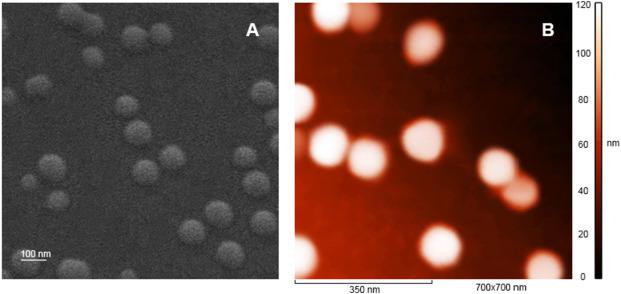RUDN University chemists obtained the antibiotic from chitin
Chitosan is a non-toxic biodegradable and biocompatible polymer that is industrially obtained from chitin by removing the acetyl group from its components. Chitosan is actively used as a biological additive, cosmetics and growth regulator in agriculture, added to animal feed. However, all the benefits of chitosan are related to its adhesive properties: it interacts with the mucous membranes, facilitating the penetration of drugs into the body. Chitosan is characterized by weak antibacterial activity, which is strongly limited by its low solubility in water.
RUDN University chemists under the leadership of Andreii Kritchenkov, an Assistant Professor at the Department of Inorganic Chemistry, first obtained derivatives with antibacterial properties at the level of modern antibiotics. Increased antibacterial activity was characteristic of chitosan compounds with triazole cycle and betaine fragment, in which the number of cationic groups can be controlled.
To obtain this compound, Andreii Kritchenkov and his colleagues first used the original method – it combines two approaches, recently applied to chemical transformations of chitosan. The first is azide-alkyne cycloaddition, one of the most important methods of click chemistry, which allows selectively and with a high yield to bind together necessary molecules. The second approach is ultrasonic processing, due to it the click reaction is significantly accelerated and anaerobic conditions of its carrying out are not required. Using these two methods at the same time, scientists could obtain a cationic polymer, while controlling its size and exact chemical composition.
«We first brought to the area of chemistry of chitosan simultaneous combination of click reactions and ultrasonic treatment and was able to pick up such conditions of ultrasonic irradiation when the reaction proceeds faster and conditions of its implementation much smoother and easier, and a polymer chain of the original chitosan retains its integrity, that is not broken. Apparently, the complexity of optimizing the conditions for frequency, power, amplitude of ultrasound stopped the attempts of our predecessors to finish this job. This is a very complex and painstaking job», Andreii Kritchenkov said.
Then, to increase the antibacterial activity of the polymer, chemists obtained nanoparticles with a diameter of about 100 nanometers from individual polymer molecules. It is known that polymers often acquire antibacterial properties in the form of nanoparticles. Andreii Kritchenkov and his colleagues checked the presence of required properties in nanoparticles on the cells of Staphylococcus aureus (Staphylococcus aureus) and E. coli (Escherichia coli). It turned out that for individual components of the polymer compound – triazole, betaine, and chitosan – the inhibition zone did not exceed 13 mm, for the obtained nanoparticles this value reached 45 mm for Staphylococcus and 36 mm for E.coli. This, for example, is more than one and a half times higher than the standard numbers for antibiotics – ampicillin and gentamicin.
The authors note that the application was found not only for nanoparticles of chitosan derivatives but also for the polymer in its original form. Polymer molecules are polycations, so they effectively bind polyanions, such as nucleic acids.
Therefore, they can be used for transfection – the injection of DNA into eukaryotic cells by a nonviral method. Scientists measured transfection activity on human liver cells and obtained values of about 30 thousand cells per square centimeter – that is, at the level of modern commercial drugs such as lipofectin.
«The perspective of application as an antibacterial agent is definitely there. Now our colleagues-biologists are finishing experiments in vivo and they are very successful», scientist noted.
According to scientists, the main advantage of the obtained chitosan derivatives as an antibacterial agent and for genetic information transfer systems is the absence of toxic effects. Chemists believe that in the same way, it will be possible to obtain other polymer particles with antibacterial and transfection activity.
The article in the International Journal of Biological Macromolecules
Sergey Ivanov, a scholar from St. Petersburg, has been named the first winner of RUDN University’s International Prize for Scientific Achievements in Mathematics, worth 5 million rubles.
Products derived from microalgae represent a cutting-edge development in the field of bioeconomy. The potential of this biological resource was discussed at the international research seminar “Foundations for a Green Sustainable Energy”, part of the BRICS Network University’s thematic group on “Energy”. The event was organized by the Institute of Ecology at RUDN University.
Ambassadors of Russian education and science met at a conference in RUDN University to discuss how they can increase the visibility of Russian universities and research organizations in the world, and attract more international students in Russia.
